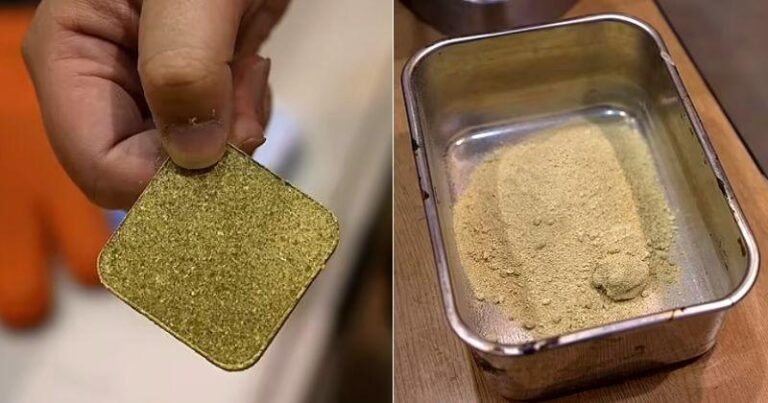
Material scientists from Tokyo University have developed a novel process for making cement entirely using food waste.

AP
Also Read: ISRO-IISc Invents Space Bricks For Lunar Missions, Building Structures On Moon
The technology turns food waste such as cabbage leaves, and orange peels into potentially edible and biodegradable cement that can be used for constructing homes.
According to its innovators, the tensile strength of the product is almost four times stronger than regular cement.
Researchers first worked on a way to make concrete by subjecting pulverised wood particles to heat compression. They then used simple mixers and compressors to conduct the three-step process of drying, pulverisation and compression.
They then replicated the process with food waste. Previous attempts required the mixing of plastics with the food waste to avoid the materials from sticking together. After months of failures, they saw that they could easily get the cement to fuse together simply by adjusting the temperature and pressure used.
The challenge however was with the fact that each kind of waste had its own temperature sweet spot. Other experiments for the application of food waste in construction involved using ground coffee or biowaste ashes as filler in regular concrete.
And finally, they were able to successfully create cement using tea leaves, orange and onion peels, coffee grounds, Chinese cabbage etc. moreover, the colours, scent and taste of the cement can be made appealing by adjusting the flavourings and seasonings in the mixture.
Also Read: Engineers Make Concrete From Astronaut Blood, Urine & Space Dust For Mars Houses

AP
In fact, the mixture can also be consumed, and the individual would simply have to break the pieces and boil it.
To prevent rodents from consuming it, and adding protection against water, the products are required to be coated with Japanese lacquer.
Kota Machida from Tokyo University, one of the researchers on the study said in a statement, “Our ultimate hope is that this cement replaces plastic and cement products, which have worse environmental impacts.”
For more in the world of technology and science, keep reading Indiatimes.com